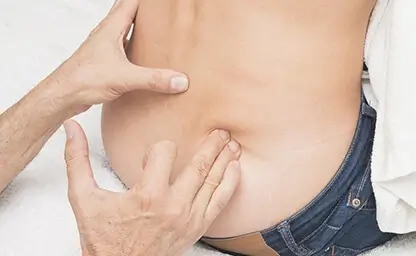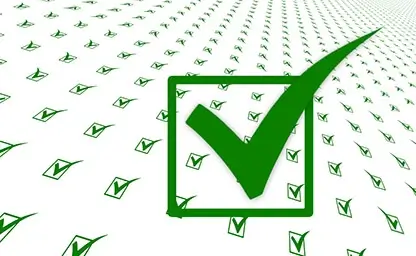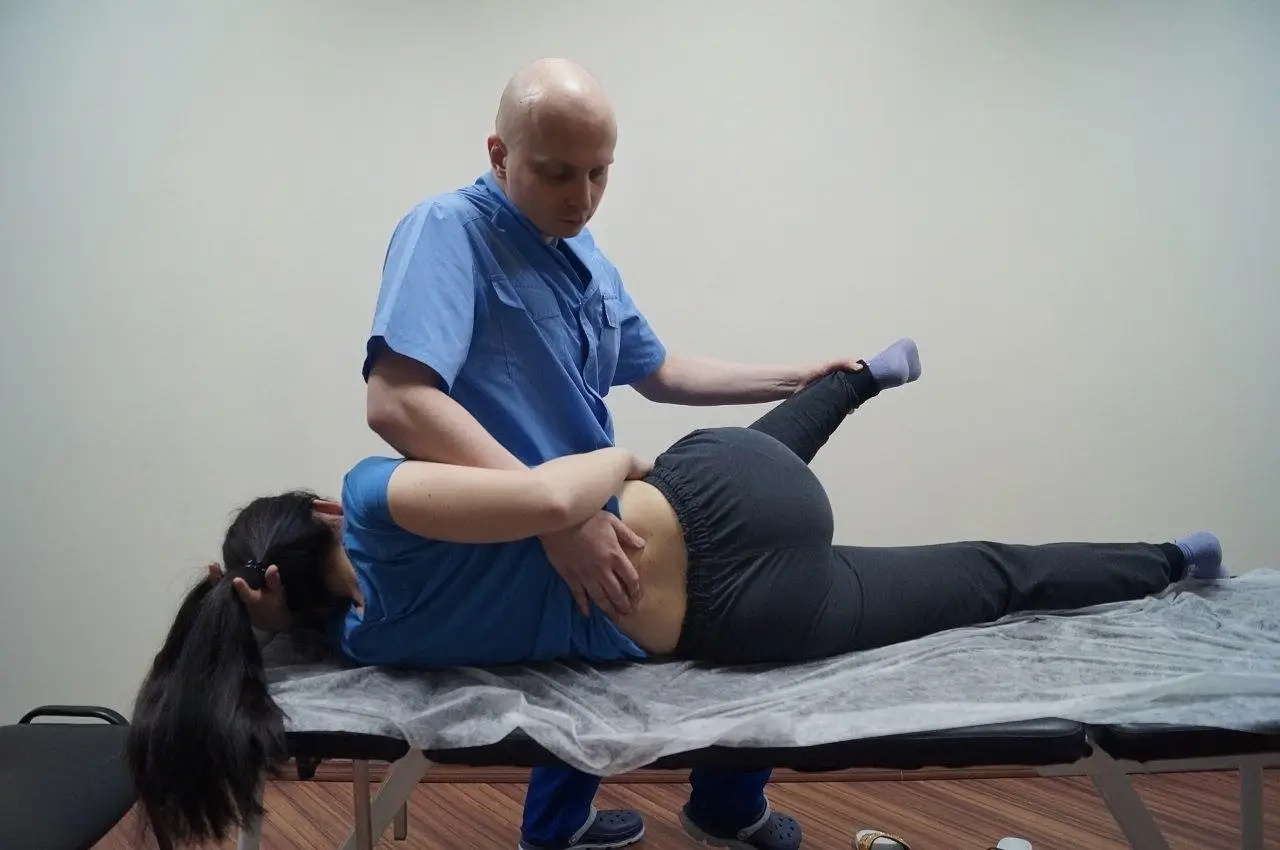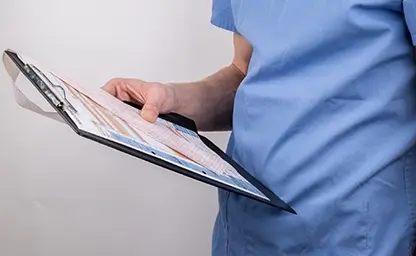

Deep connective tissue massage
Deep Tissue
Deep tissue massage, as the name suggests, is aimed at working on the deep layers of muscles, tendons and ligaments. In contrast to classical massage, it applies more pressure and uses special techniques to affect the deep tissues. The aim is to maximize muscle relaxation, eliminate pain and restore joint mobility.
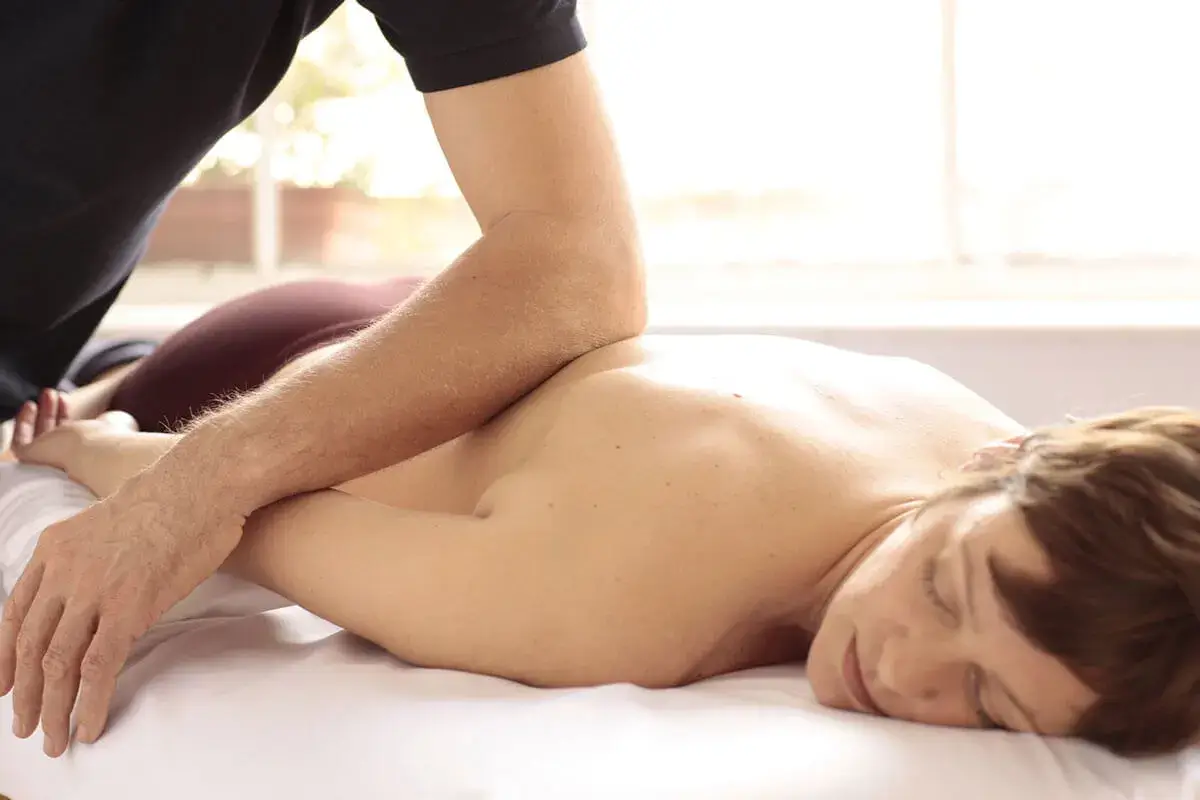 The roots of deep connective tissue massage go back to ancient times. Back in ancient Egypt and China, techniques were used to influence the deep layers of muscles. In its modern form, this method began to take shape in the XX century. The method is closely related to myofascial massage, structural integration, rolfing and other techniques that also work with fascia and deep tissues. Often this type of massage is combined with elements of shiatsu, acupressure or classical massage.
The roots of deep connective tissue massage go back to ancient times. Back in ancient Egypt and China, techniques were used to influence the deep layers of muscles. In its modern form, this method began to take shape in the XX century. The method is closely related to myofascial massage, structural integration, rolfing and other techniques that also work with fascia and deep tissues. Often this type of massage is combined with elements of shiatsu, acupressure or classical massage.
Theoretical principles
The basis of the method is the idea of connective tissue as a system that surrounds and connects all the structures of the body. With age and certain diseases, changes occur in the fascia, resulting in pain and limited mobility. Massage allows to restore the normal state of fascia and muscles. For this purpose, special techniques are used: stretching tissues, slow glides, kneading, stroking. They help to eliminate muscle seals and adhesions, improve blood circulation in deep tissues.
Application area
- Deep tissue massage is widely used in the treatment of diseases of the musculoskeletal system:
- Myofascial pain, myalgias
- Arthritis, arthrosis
- Osteochondrosis of the spine
- Scoliosis, kyphosis
- Intercostal neuralgia
- Shoulder periarthritis
- Joint contractures
- Sports injuries
- This massage is also recommended for prevention and recovery after intense physical exertion.
Benefits and advantages
- Regular sessions of deep tissue massage give the following positive effects:
- Pain relief
- Alleviation of muscle spasms
- Increasing the elasticity of ligaments and tendons
- Increased range of motion in joints
- Improvement of lymphatic and blood circulation
- Removal of toxins and toxins from the body
- Strengthening of immunity
- Improving the work of internal organs
- Relieving psycho-emotional tension
Features of work with fascia and connective tissues in deep tissue massage
Fascia and other connective tissues are the main object of influence in deep tissue massage. Working with them requires knowledge and consideration of the following features:
- Plasticity and viscoelasticity. Fascia has the property of plasticity and gradually changes shape under prolonged moderate pressure.
- Slow stretching. Rapid and aggressive movements traumatize the fascia. Stretching should be slow, smooth and last up to 3-5 minutes.
- Directionality of Exposure. Stretching should be done along the direction of the connective tissue fibers for maximum effect.
- Depth and force. The depth of impact is determined by the required layer of fascia. The force is adjusted according to the patient's sensation, without causing pain.
- Targeted action. In contrast to surface massage, there is a localized effect on the problem areas of the fascia.
- Displacement of tissues. Techniques are used to displace the fascial layers relative to each other to restore glide.
- Anatomy is taken into account. The exact localization of the attachment points of the fascia is of fundamental importance for the effectiveness of the massage.
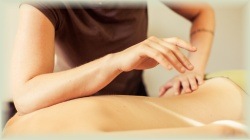 A competent approach to working with connective tissues allows you to achieve a lasting therapeutic effect with minimal risk of side effects.
A competent approach to working with connective tissues allows you to achieve a lasting therapeutic effect with minimal risk of side effects.
Deep tissue massage is an effective technique that can solve a wide range of health problems. The main advantage of this method is that it affects really deep structures of the body, preventing the development of disorders and diseases. And, although it is not the basis of my work today, it was used much more often in the beginning of my journey, and the names Art Riggs and Tom Myers will forever be synonymous for inspired professionals.
☛ Basis of postisometric relaxation.
☛ Myotherapy technique by Travell, Simons.
